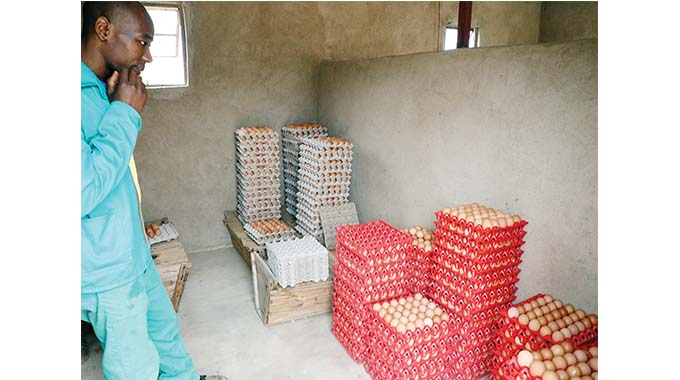Zim table eggs uptake rises by 47%
AVERAGE consumption of table eggs in Zimbabwe has risen by 47% to 58 eggs per person per year, as consumers shift to the highest quality and cheapest form of animal protein, the latest report from the Zimbabwe Poultry Association (ZPA) has revealed.
Last year in the second quarter, average table eggs consumption in the country stood at 40 eggs per person per year.
In comparison to other countries in the Sadc region, Zambia is consuming 66 eggs per person per year and South Africa, the only upper-middle income country in the region, is at 140 eggs per person per year.
“As macroeconomic stability is restored and GDP [gross domestic product] growth accelerated, there is scope for low-income Zimbabwe consumers to continue increasing demand for both table eggs and broiler meat as well as animal proteins in general,” the ZPA report states.
The quarterly volume of table eggs production for the second quarter of 2022 was 18,4 million dozen, up 48% against the second quarter of 2021, but was down by 2% against the 18,7 million dozen produced in the first quarter of this year.
ZPA said monthly production of table eggs by large-scale commercial companies firmed by 8% since the first quarter of 2022 and by 15% since second quarter of 2021.
It said the biggest jump in table eggs production occurred in the small-scale commercial sector, where monthly production increased by almost 99% from 2,1 million in the second quarter of 2021 to 4,2 million dozens in the second quarter of 2022.
“This increase is partly driven by the increased supply of sexed pullets and point-of-lay,” it said.
The combined national production and supply of table eggs increased by 48% from 4,1 to 6,2 million dozens.
Though the table eggs wholesale prices have softened, ZPA said they remained high at US$3,23 versus US$2,52 in South Africa and US$3,43 in Zambia.
Data released by ZPA showed that large-scale table eggs producers with established brands increased their commercial flock of layers in production by 15% to 1,05 million against the second quarter of 2021 and by 5% against the first quarter.-newsday











